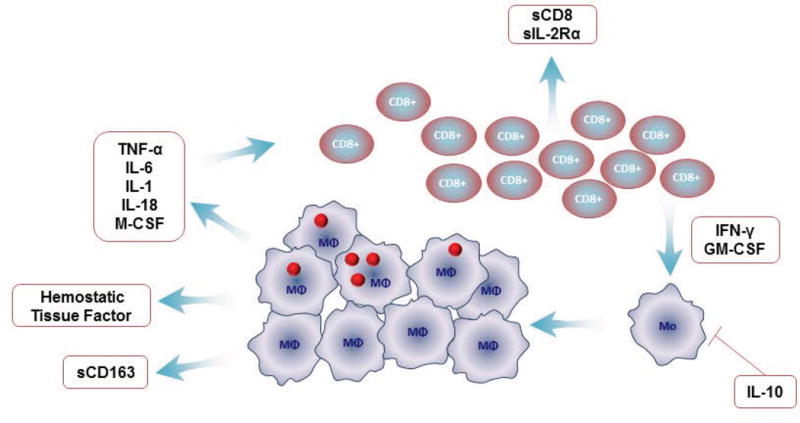Figure 1. Proposed Mechanisms of Macrophage Activation in Hemophagocytic Syndromes.

Hemophagocytic syndromes are characterized by an uncontrolled expansion of activated CD8 cells that secrete pro-inflammatory cytokines such as interferon gamma and granulocyte-macrophage colony-stimulating factor. These cytokines cause monocytes to differentiate into macrophages, which then release pro-inflammatory cytokines, thus causing an exaggerated, cyclical cascade. Persistent activation of macrophages leads to massive increase in pro-inflammatory cytokines. The mechanism leading to expansion of activated macrophages is not clear. One possible hypothesis for uncontrolled expansion of T cells is a defect in cytolytic function.
Footnote for Figure 1: Granulocyte-macrophage colony-stimulating factor (GM-CSF), soluble interleukin 2 receptor (sIL-2r), macrophage colony-stimulating factor (M-CSF). Figure courtesy of Dr Alexie Gromm.
